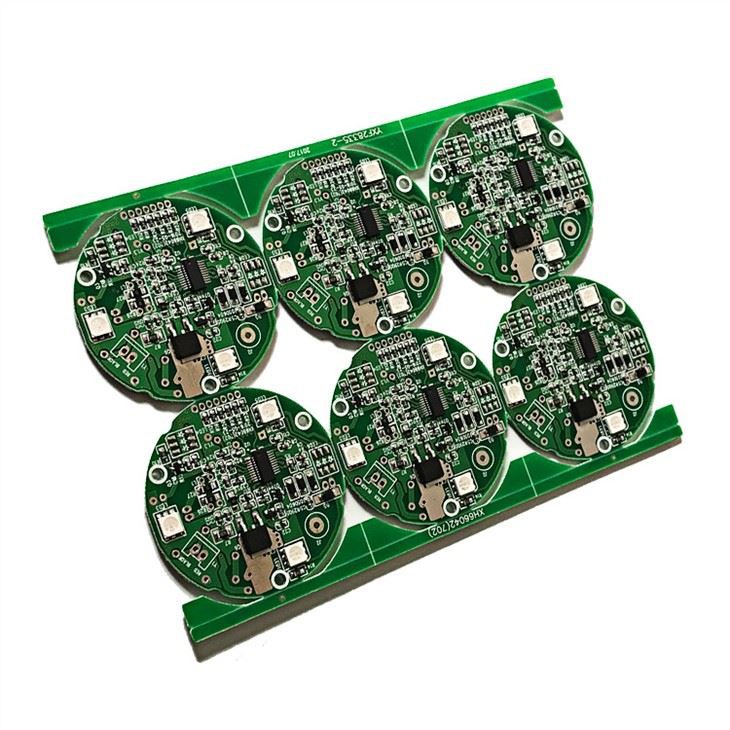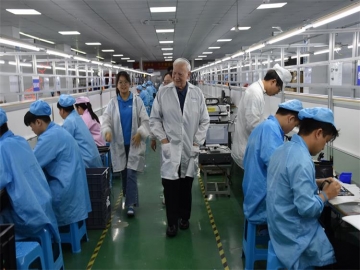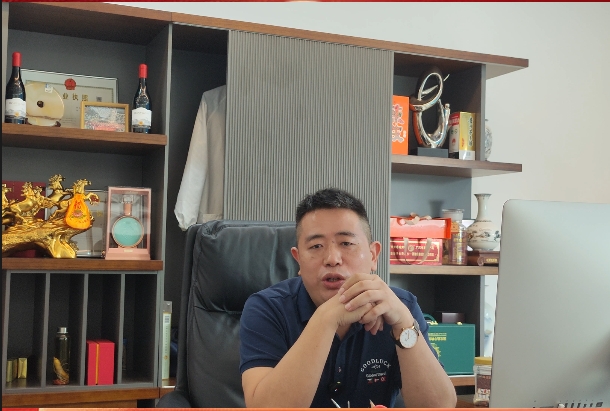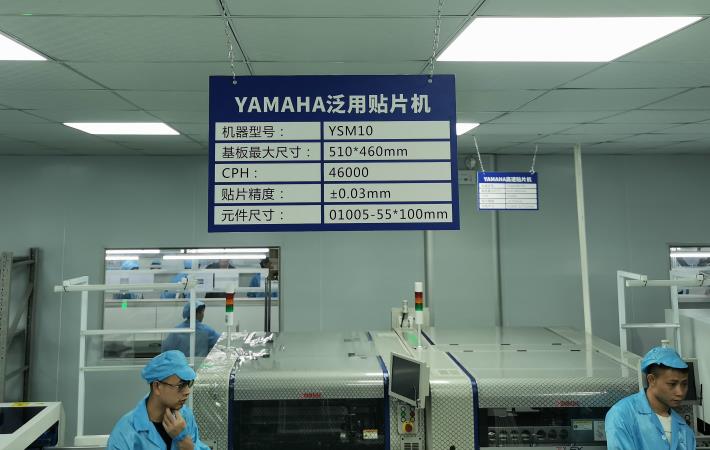Comprehensive PCBA Board Detection Methods
1. Manual visual inspection
Visual inspection can be implemented at every step of the PCBA process. Manual visual inspection of PCBA assembly is the most primitive method of PCBA quality inspection. It only uses eyes and a magnifying glass to check the circuit and electronic components of the PCBA board, such as the welding method, whether the solder joints are bridged, whether there is less welding or improper welding. Integrity. A magnifying glass is the basic tool in visual inspection, and a metal needle can be used to check for soldering imperfections on the IC leads.
2. Online tester (ICT)
Online testers are widely used in the PCBA processing industry because of their excellent testing and inspection performance. ICT can virtually find soldering and component problems in PCBA. It has high speed and high stability. In which electrical probe tests populate a printed circuit board (PCB), checking for shorts, opens, resistance, capacitance and other basic quantities to show whether the component was manufactured correctly.

3. Automatic optical inspection (AOI)
Automated optical inspection is a non-contact testing method. Automated optical inspection plays an important role in inspection. Automated optical inspection is an automated visual inspection during printed circuit board manufacturing in which cameras automatically scan the PCBA board under test for catastrophic failures (such as missing parts) and quality defects (such as fillet size or shape or component deflection).
4. Automatic optical inspection (AXI)
For the widespread use of BGAs and CSPs, typical inspection methods like ICT cannot inspect the component's buried solder joints. AXI is capable of testing for misalignment, missing balls and solder deposits. AXI uses X-rays to penetrate solid objects to capture pictures of them. It can be divided into two types: 2D and 3D.
5. Functional circuit test
Functional circuit testing is the last test before PCBA products are put on the market. Unlike other inspections such as AOI, AXI and ICT, FCT is designed to make the UUT (unit under test) work in a simulated environment and use the output data to check its actual performance.
6. Sample inspection
Before mass production and assembly, PCB manufacturers and assemblers usually conduct first sample inspection to check whether the SMT equipment has been prepared correctly so that vacuum nozzles or alignment issues that cause problems in PCBA board production can be avoided in mass production, which Known as the first inspection.
7. Flying probe tester
Flying probe probes are suitable for inspection of high-complexity PCBs that require expensive inspection costs. Design and inspection of flying probes can be completed in one day, and assembly costs are relatively low. It is capable of checking open circuits, short circuits and orientation of components mounted on the PCB. Additionally, it works well at identifying component layout and alignment.
8. Manufacturing Defect Analyzer (MDA)
The purpose of MDA is simply to perform a visual test of the board to reveal manufacturing defects. Since most manufacturing defects are simple connection problems, MDA is limited to measuring continuity. Typically, a tester will be able to detect the presence of resistors, capacitors, and transistors. Integrated circuit detection can also be implemented using protection diodes to indicate whether components are correctly placed.
Tags: PCBA /
Prev: No more...
Next: Quick Turn PCBA ssembly: Ensuring Speed And Reliability








